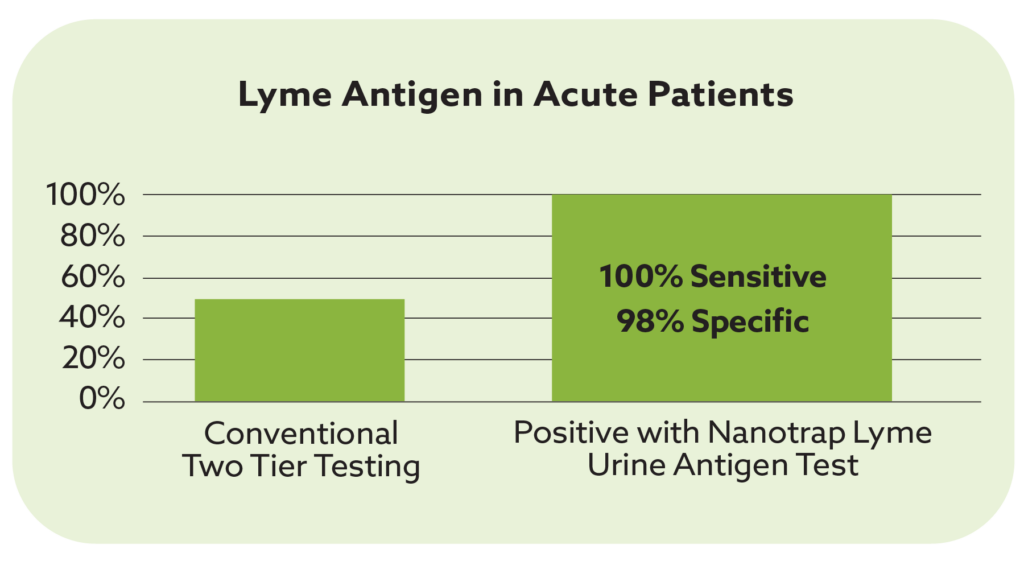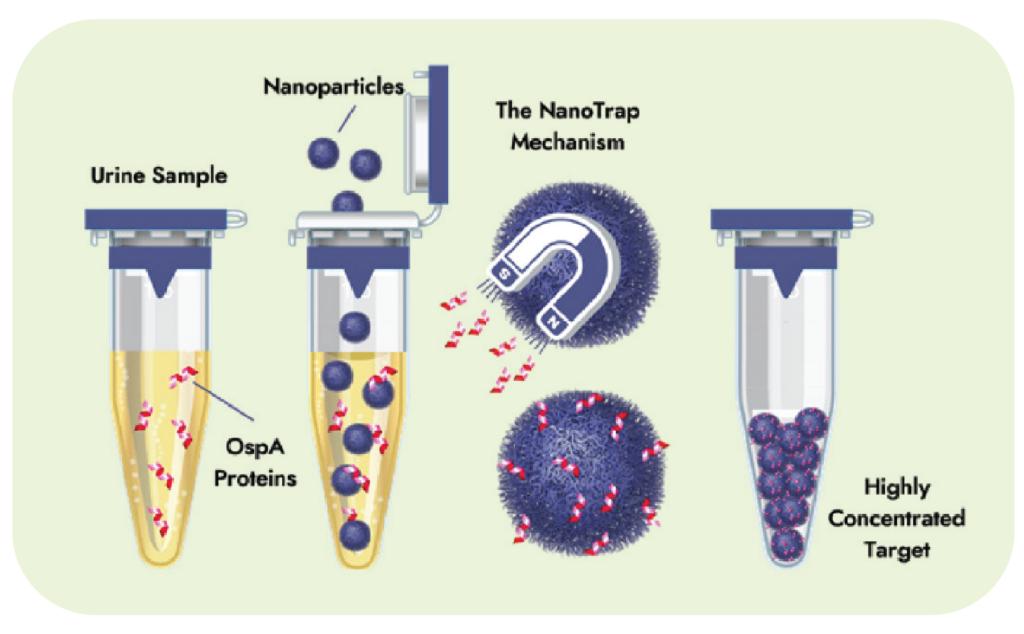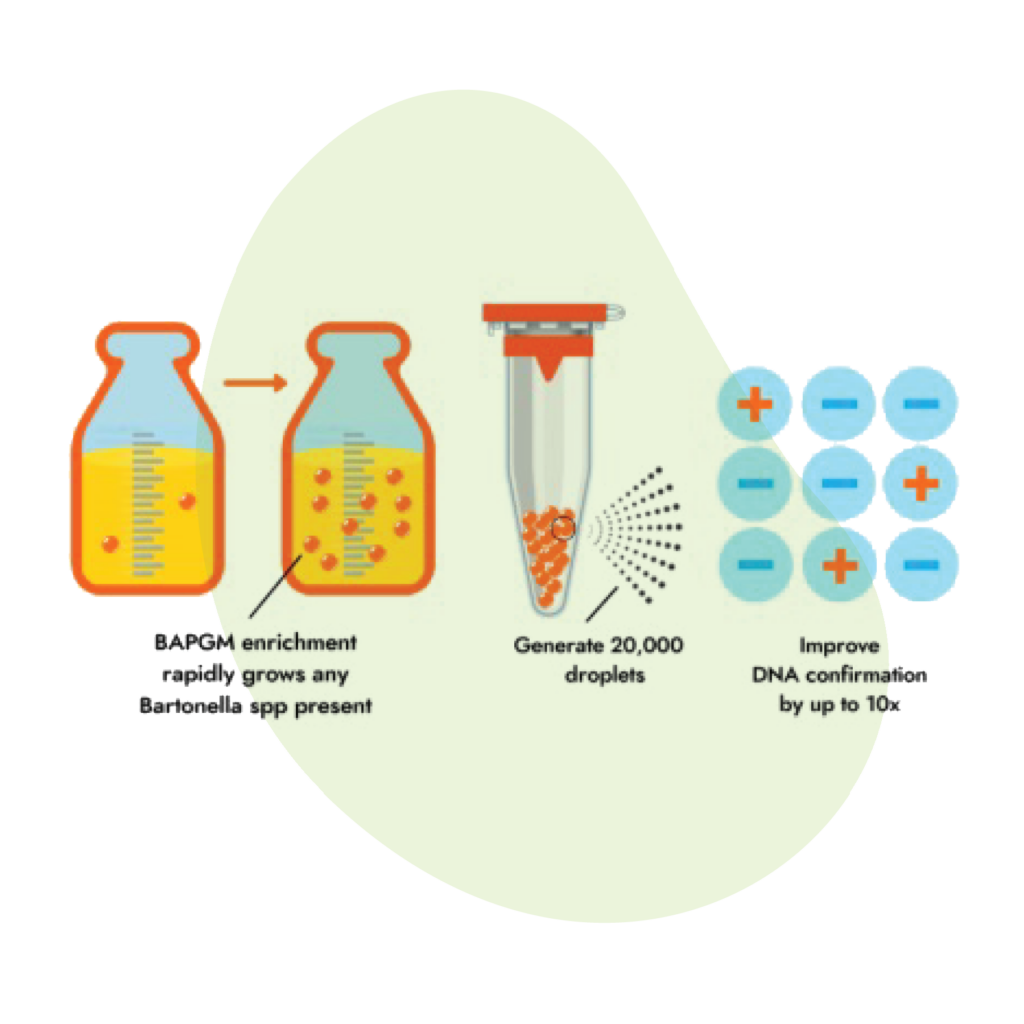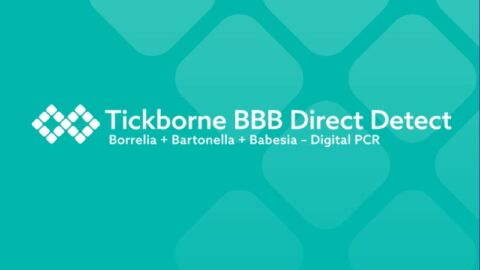The next generation of Lyme + Co-Infection Diagnostics—designed to detect at every stage
The most sensitive test methodology available for direct detection of Bartonella, Babesia, and Borrelia species (spp). (BBB) infections.
People can be exposed to Bartonella, Babesia, and Borrelia through exposure to ticks, fleas, lice, sand flies, and potentially spiders. These vectors can carry multiple pathogens at once, making co-infections common. These stealth pathogens can cause overlapping, persistent symptoms that are often misdiagnosed. Identifying which of these pathogens are present helps providers tailor treatment more effectively—especially since each requires a different therapeutic approach. Without proper testing, co-infections can be missed, leading to incomplete or ineffective care.
Discover the Power of MosaicDX’s Lyme Borrelia Direct Detect profile
Direct testing is particularly valuable in detecting the current presence of pathogens when antibody responses might be absent or unclear. Many patients with detectable spp. DNA never develop detectable antibodies, while others may only show very low titers. The result is that many patients with active pathogens are missed by both conventional PCR and antibody testing. Traditional testing methods may miss active infections due to low pathogen levels or antibody variability.
- Identifies a broad range of Bartonella, Babesia and Borrelia species – utilizing genus level primers
- Identifies cases missed by antibody testing by utilizing direct multiplex DNA detection
- Detects at lower levels by enriching whole blood to increase DNA detection capabilities for Bartonella infections
- Increased sensitivity up to10 times more patients are identified positive when compared to conventional detection methods like qPCR, NGS, and other direct detection methods.
- Confirms DNA in blood for a broad range of Bartonella, Borrelia, and Babesia – Ensures that infection with less common species is not missed.
Tickborne BBB Direct Detect dPCR, confirms current presence of pathogens by directly detecting genus-level DNA for a broad range of Bartonella, Borrelia, and Babesia species (spp) in whole blood. This approach ensures that less common species are not missed.




















